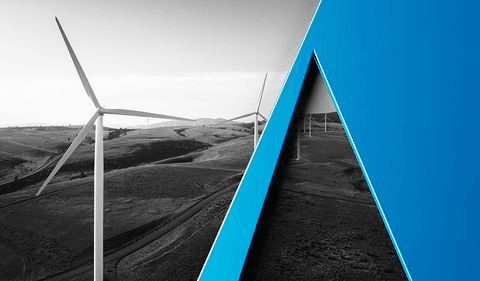EPA’s proposed HFC rule, issued in pre-publication form on May 3, seeks to implement provisions in the American Innovation and Manufacturing (AIM) Act, which requires the agency to limit HFC production and consumption to about 15 percent of 2011-2013 average levels by 2036. The reductions contemplated by the rule should fulfill the U.S.’ responsibilities under the Kigali Amendment to the Montreal Protocol, a 2016 international agreement to limit HFC production and use. The Biden-Harris administration is planning to seek Senate ratification of that deal later this year.
EPA’s proposed rule will establish “baseline” production and consumption levels for HFCs and create an allowance allocation and trading program to reduce HFC production and importation. This program should be familiar to the regulated community: EPA modeled the regulatory scheme after its longstanding allowance-based program to limit ozone-depleting substances, noting in the proposal that the mechanism “would meet the expectations of, and be understood by, producers and importers of HFCs.”
Notably, EPA discussed the environmental justice implications of the proposal before setting out the key substantive provisions regarding baselines, allowances and enforcement. This reflects the administration’s conscious efforts to elevate environmental justice from its usual place as a “box to be checked” towards the end of rulemaking documents. In particular, the agency requested comment on how to “reduce the potential for … environmental justice concerns due to the release of toxic chemicals that are feedstocks, catalysts, or byproducts in the production of HFCs or HFC substitutes” and “whether there are remedies that could be applied as part of the design of the program in the event the Agency determines such unintended distributional impacts exist.” On a practical level, the administration’s focus on environmental justice means that impacted parties seeking to influence the rule, whether through the public comment process or direct engagement with decision makers, might be most effective if they make a compelling case for why adjustments would provide greater benefits for marginalized groups.
Looking ahead, public comments are due within 45 days of the proposed rule’s publication in the Federal Register (i.e., likely in late June or early July), as the AIM Act requires EPA to promulgate a final rule governing transfers of production allowances within 270 days of enactment (i.e., September 23, 2021). The authorizing legislation also directs EPA to issue allowances for the 2022 calendar year by October 1, 2021, and promulgate regulations related to the international transfer of production allowances by December 27, 2021.



